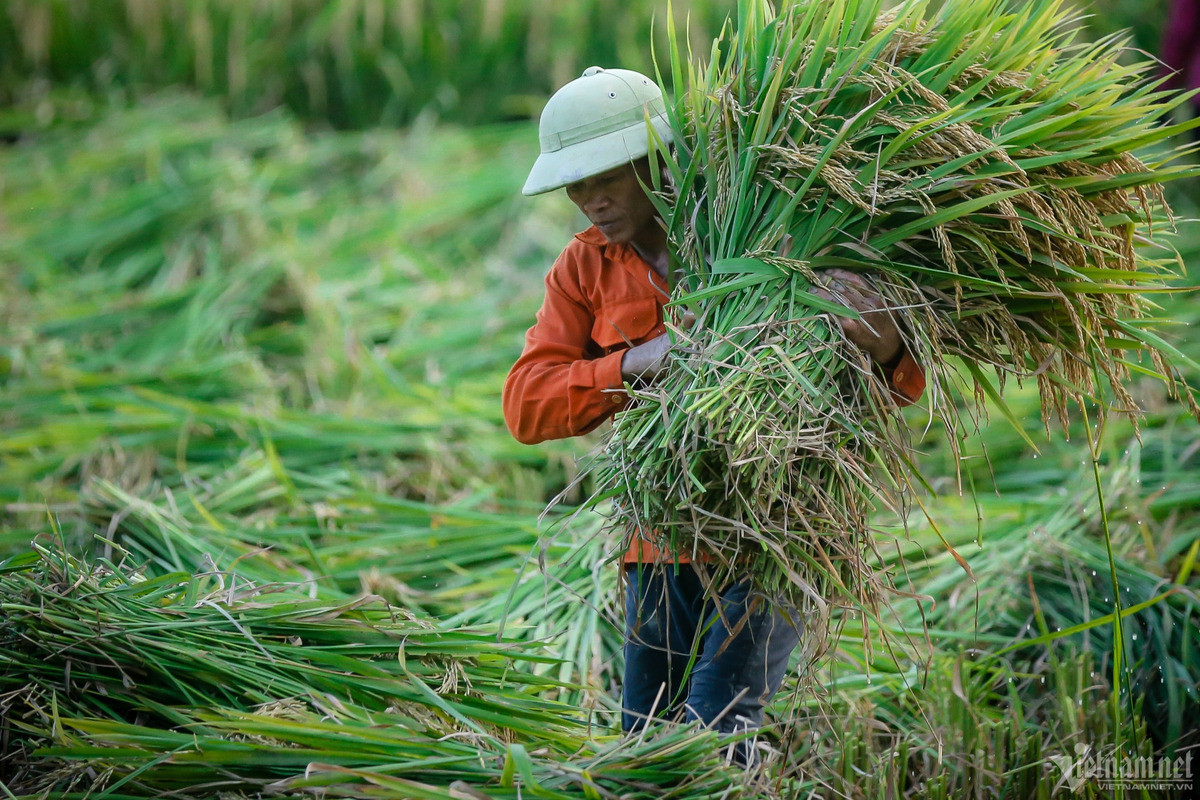
The Department of Crop Production and the Soc Trang Department of Agriculture and Rural Development have reviewed the 7-month implementation of the pilot plan on farming of 1 million hectares of high-quality low-emission rice in association with green growth in the Mekong Delta by 2030.
Under the plan, there are seven pilot low-emission models in three Mekong Delta provinces, including Kien Giang, Soc Trang, Tra Vinh and Dong Thap, and Can Tho City.
The summer-autumn rice grown under the pilot models of 200 hectares has been harvested. The rice yield of the models was higher by 0.2-0.7 tons per hectare than that of normal production, while the production cost was 14-20 percent lower.
Regarding greenhouse gas emission reduction, in Can Tho, the emission volume under the pilot model is 12 tons of CO2 equivalent per hectare per crop compared with the volume emitted under the model that leaves fields in continuous flooding and buries straw in fields.
In Soc Trang, the reduction has been 4 tons of CO2 per hectare per crop, and in Tra Vinh, 5.4 tons of CO2.
Deputy Minister of Agriculture and Rural Development Tran Thanh Nam said MARD is talking with TCAF (Transformative Carbon Asset Facility), a World Bank trust fund, on procedures related to payments for carbon credits.
From this, the ministry will create an official payment method that will be submitted to the government for approval.
It is expected that for the 2025 summer-autumn and 2025-2026 winter-spring crops, carbon credit payments for the models will be made, totaling about $20 million from TCAF.
Farmers participating in the project will receive additional money from selling carbon credits.
However, Nam stressed that the most important purpose of the low-emission rice farming plan is showing the evidence of results: the production cost reduction, emission reduction and profit increase, not just the sale of carbon credits.
Based on the initial results, Nam has asked the Department of Crop Production to coordinate with localities to give advice on the upcoming winter-spring crop calendar.
Meanwhile, the farming area under the previous 50-hectare pilot models can be expanded.
MARD is joining forces with other agencies and localities to deploy five pilot models with at least 250 hectares of high-quality low-emission rice. The pilot period will last for three crops, including summer-autumn, autumn-winter and winter-spring.
Vietnam has 7.1 million hectares of rice growing areas.
Tam An